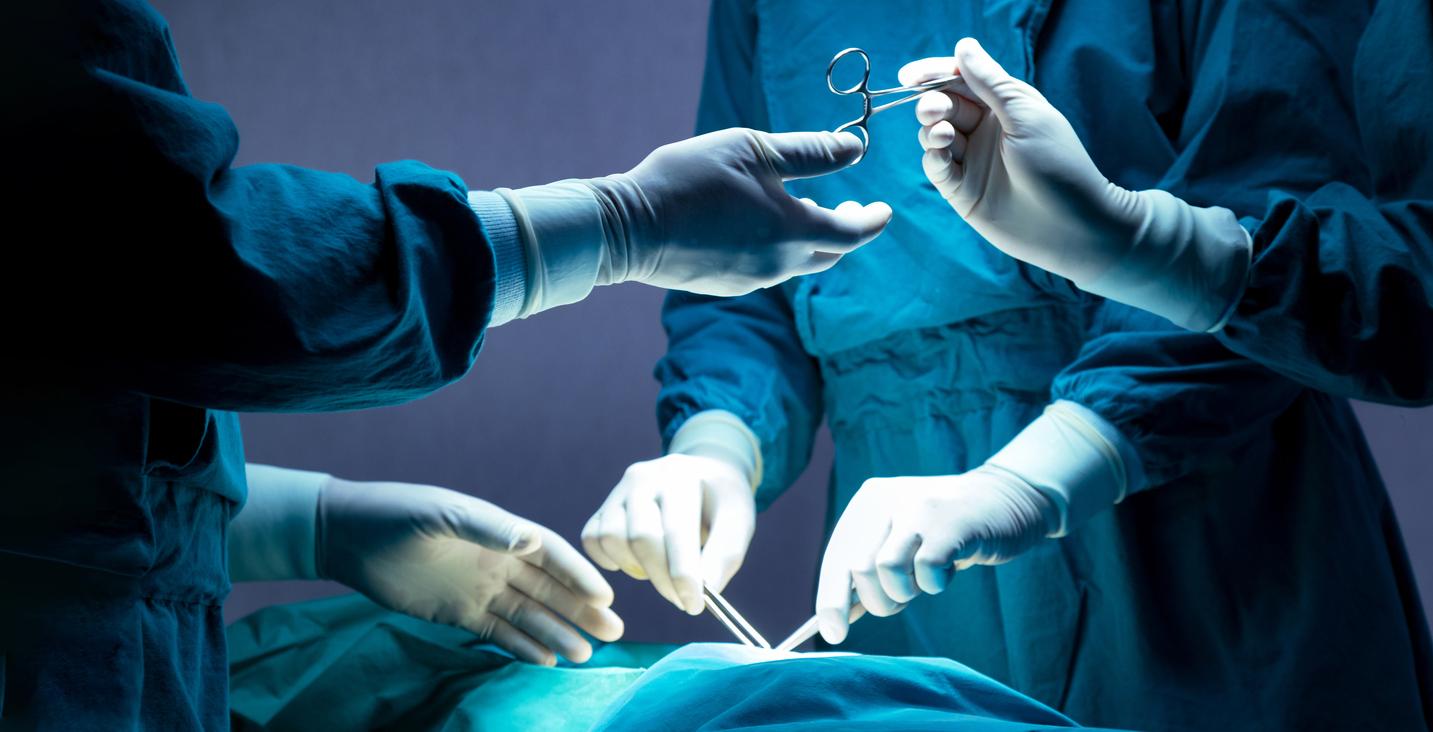Radiation therapy can increase the chances of developing heart disease if it is done on organs that are too close to the heart. Changing its position, even by a few millimeters, can therefore save patients.

Changing a patient’s position during their radiation therapy, even by a few millimeters, may increase their chances of survival, news reports study led by Corinne Johnson, doctoral student at Manchester Cancer Research Center.
Tumors close to a vital organ
Radiation therapy plays an important role in cancer management, especially when it comes to tumors that are difficult to treat, such as lung or esophageal cancer. These organs, very close to the heart, unfortunately involve irradiating it during radiotherapy, thus increasing the risk of heart disease.
Corinne Johnson and her colleagues studied a group of 780 patients with lung cancer. All were treated with radiotherapy. Following various tests, the researchers found that patients treated with a ray closer to 5 millimeters from their heart were 30% more likely to die than others.
Within 5 millimeters
They then renewed the research on a group of 177 patients with esophageal cancer. Conclusion: the patients treated with a ray closer to 5 millimeters from their heart had this time 50% more chance of dying than the others.
“We now know for sure that imaging can help us target cancers much more precisely and make radiotherapy treatment more effective,” says Corinne Johnson, before pointing out that “very small errors can affect patients. chances of survival of patients, especially when tumors are close to a vital organ such as the heart “.
Corinne Johnson and colleagues are now examining this data in more detail to see if certain areas of the heart are more sensitive to radiation than others and hope to study the effect of different patient positions during radiation treatment in others. types of cancer.

.















